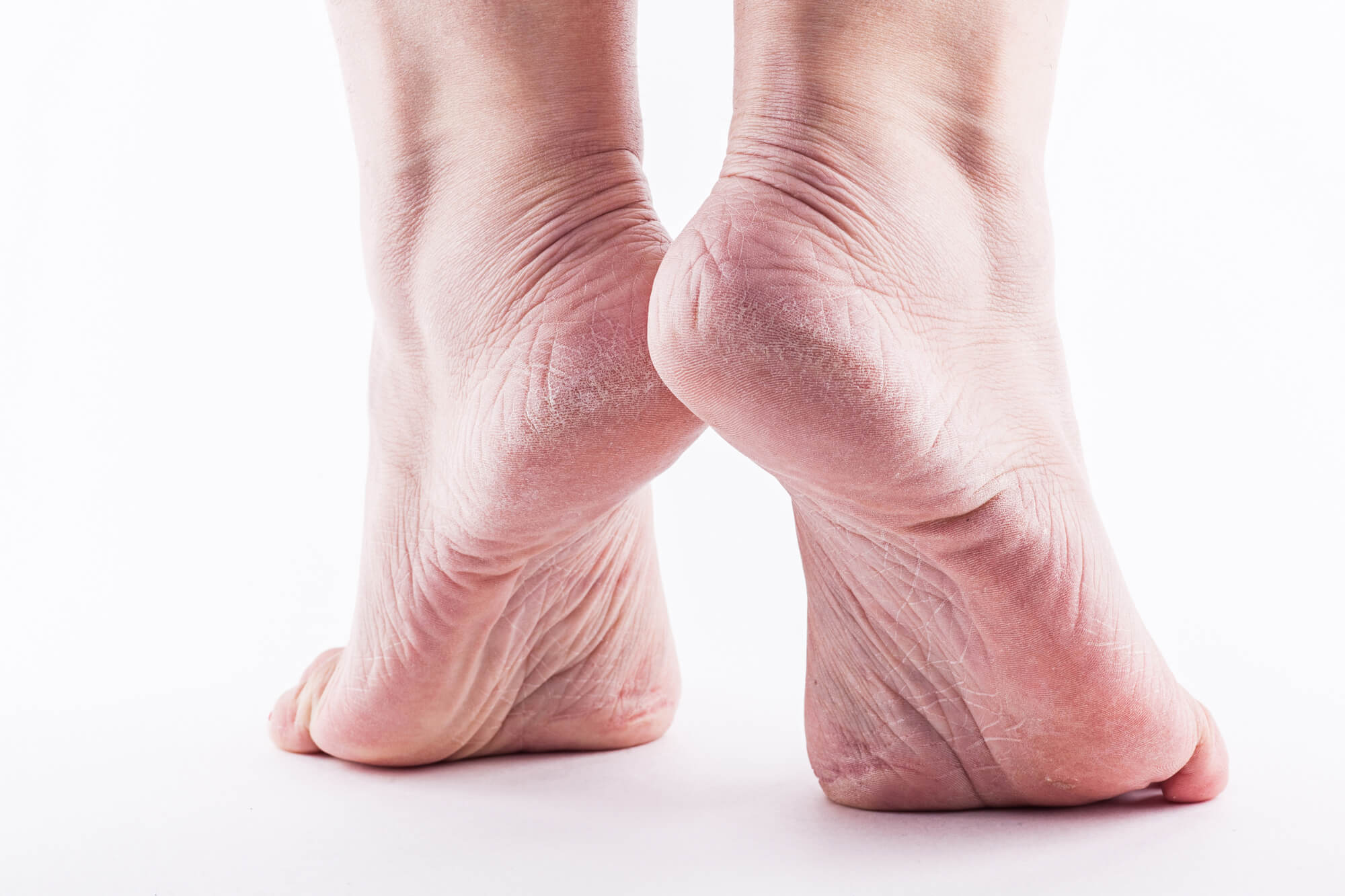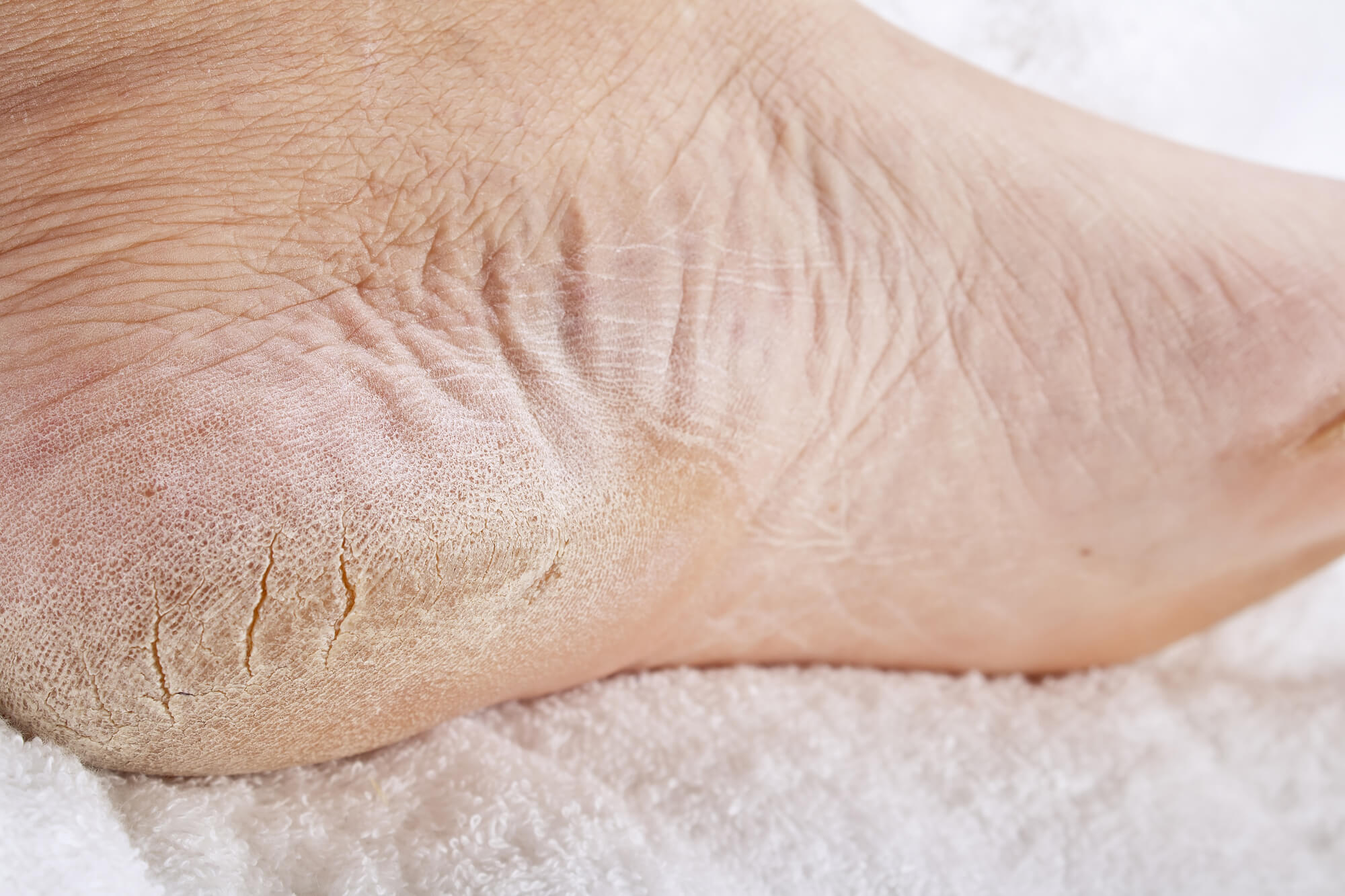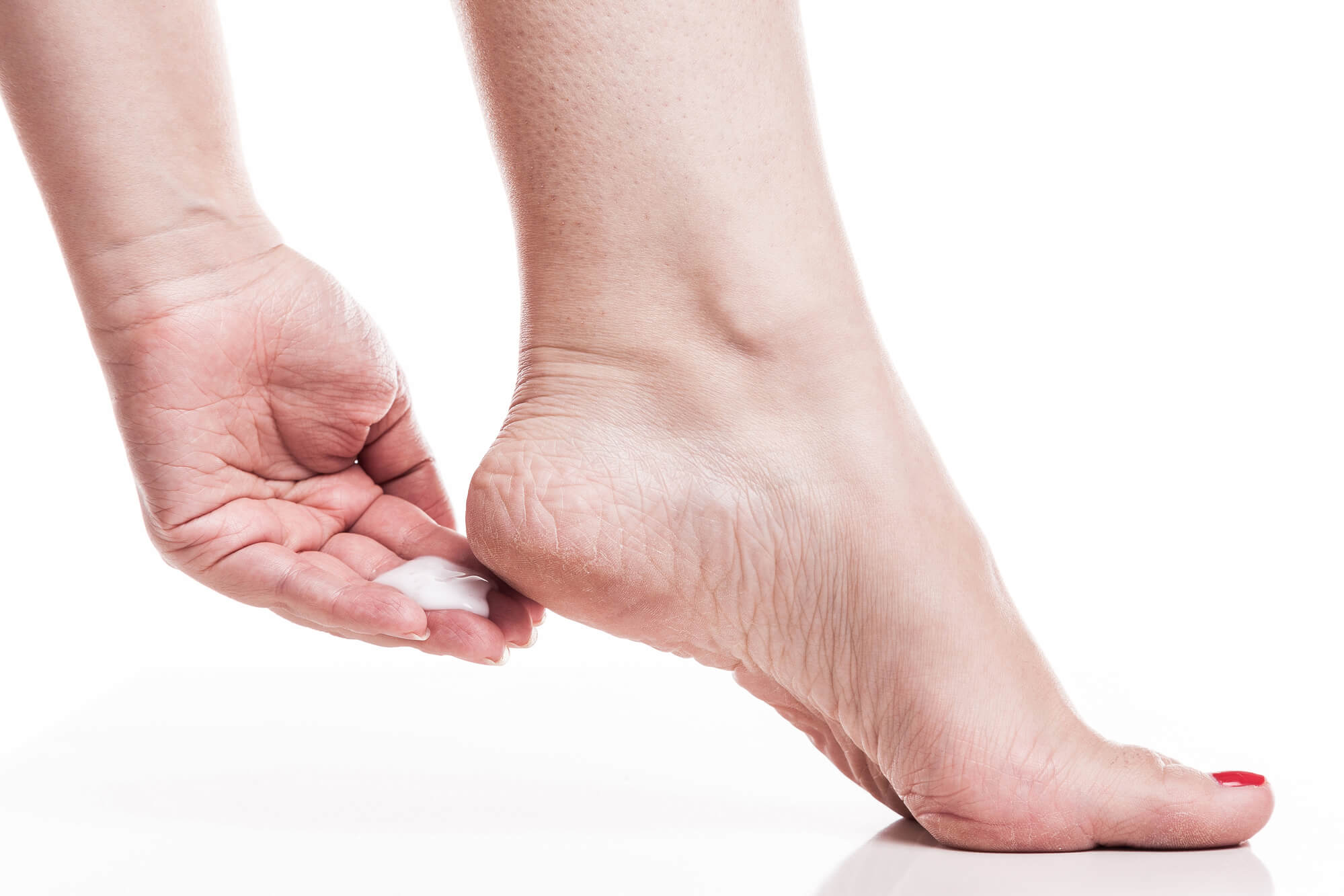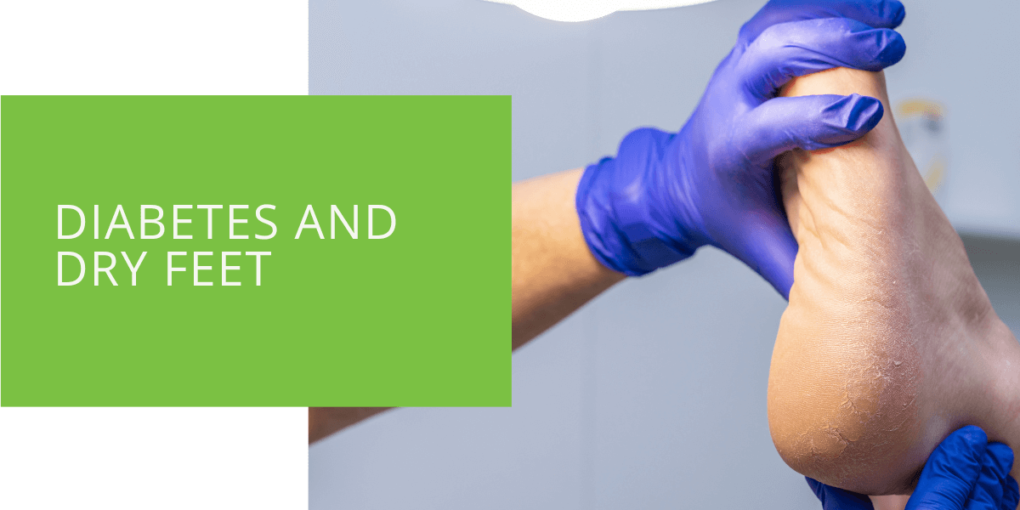Diabetes and Dry Feet
Diabetes is a chronic condition that affects how the body processes blood sugar. People with diabetes are at a higher risk of developing foot problems due to decreased circulation and nerve damage (neuropathy) in the feet. Proper foot care is important for people with diabetes to prevent complications such as dry skin, cuts, blisters, and infections. This article will explore the causes, symptoms, and treatment of dry feet in diabetes and ways to prevent them.
Introduction to Diabetes
Diabetes is a disease that affects how the body processes blood sugar. It can be caused by the body's inability to produce enough insulin (type 1 diabetes) or the body's cells not responding properly to insulin (type 2 diabetes). People with diabetes are at a higher risk of developing foot problems due to decreased circulation and nerve damage (neuropathy) in the feet.
Proper foot care is important for people with diabetes to prevent complications such as dry skin, cuts, blisters, and infections. These complications can lead to more serious issues, such as amputation. Therefore, it is important for people with diabetes to check their feet regularly, keep their skin moisturized, and seek medical attention for any concerns or issues.

Causes of Dry Feet in Diabetes
Several factors can contribute to dry feet in people with diabetes:
- Decreased circulation in the feet: Diabetes can damage blood vessels and impair circulation in the feet. This can cause dry skin and make it more difficult for cuts, blisters, and infections to heal.
- Nerve damage (neuropathy): Diabetes can cause nerve damage in the feet, which can lead to decreased sensation and decreased ability to feel pain. This can make it easier for people with diabetes to accidentally injure their feet without realizing it, leading to dry skin and other foot problems.
- Dry skin due to medication side effects: Some medications used to treat diabetes can cause dry skin as a side effect.
- Dehydration: Dehydration can lead to dry skin on the feet and other parts of the body. People with diabetes may be more prone to dehydration due to increased urination and increased risk of infection.

Symptoms of Dry Feet in Diabetes
The following are some common symptoms of dry feet in people with diabetes:
- Dry, cracked, or peeling skin on the feet: This can be a sign of dry skin and can be uncomfortable and painful.
- Itching: Dry skin on the feet can cause itching and irritation.
- Burning or tingling sensation in the feet: This can be a sign of nerve damage (neuropathy) in the feet.
- Swelling or inflammation in the feet: This can signify infection or other foot problems.

Treatment of Dry Feet in Diabetes
If you have diabetes and are experiencing dry feet, the following steps can help to moisturize and protect your feet:
- Moisturize the feet regularly: Use a lotion or cream specifically formulated for dry skin to help keep your feet moisturized. Avoid lotions with fragrances, as they can be irritating to sensitive skin.
- Wear socks made of moisture-wicking materials: Socks such as cotton or wool can help keep your feet dry and prevent sweating.
- Avoid hot water when bathing or showering: Hot water can strip the skin of its natural oils, making it more prone to dryness. Use lukewarm water instead, and limit your showers or baths to no more than 15 minutes. After showering or bathing, be sure to thoroughly pat your feet dry, especially between the toes, to prevent moisture build-up.
- Wear shoes that fit properly and do not rub or put pressure on the feet: Poorly fitting shoes can cause irritation and dryness on the feet. Wear shoes that fit properly and do not rub or put pressure on your feet.
- Seek medical attention for any cuts, blisters, or infections on the feet: It is important to seek medical attention for any cuts, blisters, or infections on the feet, as these can lead to more serious issues if left untreated. A podiatrist, or foot doctor, can provide proper treatment and care for these issues.

Prevention of Dry Feet in Diabetes
In addition to treating dry feet, there are steps you can take to prevent them:
- Properly managing blood sugar levels: Keeping your blood sugar levels under control can help prevent dry skin and other foot problems.
- Exercise regularly to improve circulation: Exercise can help improve circulation in the feet and prevent dryness.
- Avoid smoking and alcohol: Smoking and alcohol consumption can impair circulation and increase the risk of foot problems.
- Keep your feet clean and dry: Wash your feet daily with lukewarm water and mild soap, and be sure to dry your feet thoroughly, especially between the toes.
- Seek regular foot check-ups with a healthcare professional: People with diabetes need to have their feet checked regularly by a healthcare professional, such as a podiatrist. This can help catch any potential problems early on and prevent them from becoming more serious.
Conclusion
In conclusion, dry feet are a common issue for people with diabetes. Decreased circulation, nerve damage, medication side effects, and dehydration can cause them. Symptoms of dry feet include dry, cracked skin, itching, burning or tingling sensations, and swelling or inflammation. Proper foot care, such as moisturizing the feet regularly and wearing socks made of moisture-wicking materials, can help to prevent and treat dry feet.
It is also important for people with diabetes to properly manage their blood sugar levels, exercise regularly, avoid smoking and alcohol, and seek regular foot check-ups with a healthcare professional. Proper foot care is crucial for people with diabetes to prevent complications and maintain overall health.

